The four lenses of innovation
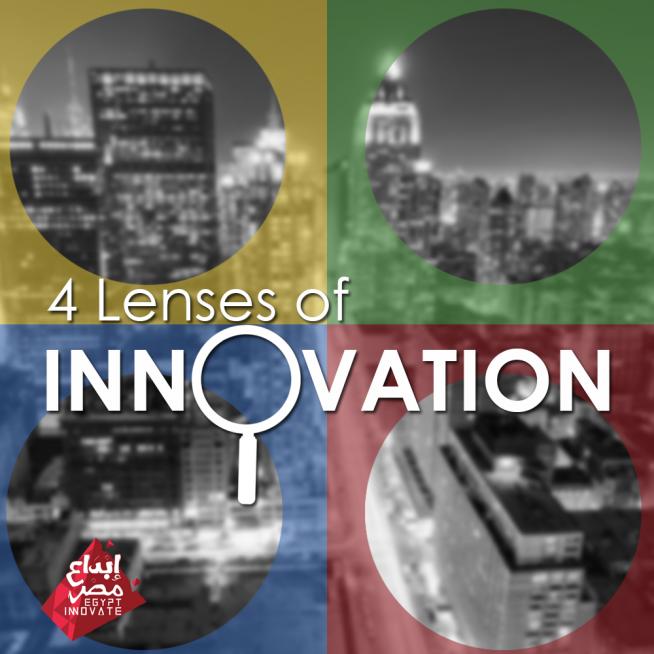
What is this tool?
This is a strong tool to power your creative thinking. It gives you the ability to find and explore fresh perspectives. It was popularized by Rowan Gibson, the world-renowned innovation expert and thought leader, in his book: The four lenses of innovation. It looks inside the human mind and recognizes how it actually generates new ideas.
When and why is this tool used?
Use this tool if you want to:
- Power your creative thinking
- Create a culture of innovation in your business
- Tap into your inner creative voice
You can recognize the intuitive techniques of great inventors and creative entrepreneurs and turn them into a systematic methodology for innovation that you can use anytime. It provides four key perspectives or thinking patterns that are so invisible to others, allowing you to use them as the inspiration for game-changing products, services, strategies, and business models.
How is this tool used?
There are four mental perspectives or perceptual lenses through which you can look at your situation. Download the template attached below. Follow the steps, ask yourself the entailed questions and use the answers to generate new ideas.
1- Step 1 (Challenging Orthodoxies):
- What if the dominant conventions in your field, market or industry are outdated, unnecessary, or just plain wrong?
- What if there was another way to do things than the traditional way?
Example:
Chipotle challenged the widely-believed notion that fast food has to compromise on quality and nutritional value in favor of low prices. They invented a way to maintain the basic speed and experience of the standard fast-food experience and increase the quality of the food and making it healthier, even if customers will pay a little extra as long as they are getting a superior product.
2. Step 2 (Harnessing Trends):
- Where are the current trends that will, now and in the future, that can open new opportunities for your business?
- What will be the tsunami in your industry? How can you make sure you ride this wave instead of being washed by it?
Example:
Amazon founder Jeff Bezos didn’t have some magic ability to know if E-commerce would be a big hit as it is now. However, in the early nineties, everybody already knew the internet was growing explosively but nobody thought of capitalizing on it. Bezos, on the other hand, wondered what kind of business might make sense in the context of that growth. This is how he created Amazon. He didn’t have the trade secret that giant retailers like Walmart had, but he saw the trend and harnessed it.
Step 3 (Leveraging Resources):
- How can you take your existing skills and assets you only possess and arrange them into new ways, combinations, and contexts that add up to more than the sum of their parts?
Example:
ESPN started out as a small cable TV channel. But over the years the company has masterfully leveraged its core competencies in sports coverage, its special relationships with industry associations and franchises, and the equity of its own brand, to extend the boundaries of the business into all kinds of new growth opportunities. Today, ESPN is the world’s most powerful sports media company, with a whole range of TV channels along with radio programs, its own magazine, video games and mobile apps, films and documentaries, fan apparel, competitions, and so on.
Step 4 (Understanding Needs):
- What are the unmet needs and frustrations of your customers that everyone else is simply ignoring?
- How can you design new solutions tailored to these problems?
Example:
This is the same principle that gave rise to Uber in transportation and by2ollak in traffic updates. People were sick of getting bad taxi services and taking a route only to find it closed because of a huge accident. But they just accepted these things. No one voiced the need for some alternative. But innovators notice these frustrations and they designed solutions for them.
Case Study
1- Challenging orthodoxies:
Beats by Dre asked themselves why every other field of consumer electronics—TVs, laptops, smartphones—was being dramatically improved while people were still listening to music with cheap, low-performance ear buds. What if there was a market for premium headphones, costing hundreds of dollars that would reproduce music the way artists wanted their songs to be heard? And what if those headphones could be marketed as a fashion statement, not just as an audio accessory? Today, premium headphones are one of the fastest-growing categories in the consumer electronics industry, making up over 40 percent of all headphone sales, and Beats owns over 60 percent of that market. Last year, Apple acquired Beats Electronics for $3 billion.
2- Harnessing trends:
Did Netflix's CEO Reed Hastings know something about the future of movie rental that Blockbuster didn’t? Anyone could have seen that Internet video streaming was eventually going to change the whole movie rental business. So Hastings decided to shift his entire business model from home DVD delivery to video on demand. That was a very difficult thing to do. But he made sure he was riding that wave rather than being buried by it. Today Netflix has more than 33 million paid subscribers (that’s more than HBO) while Blockbuster Video has disappeared from the scene.
3- Leveraging resources:
Out of a humble cartoon studio in the 1920s, the Walt Disney company has grown into a global empire with $45 billion in annual revenues by stretching its core competencies (exceptional storytelling and entertainment skills, and the ability to connect with the child in all of us) and powerful assets (world-class studio facilities, beloved characters, and the Disney brand name) into syndicated comic strips, merchandise, live-action films, documentaries and TV shows, theme parks, resorts and hotels, video games, retail stores, theatre productions, “Disney on Ice” touring shows, a cruise line business, international vacation services, and Disney English – a language training school for children in China, based on Disney’s immersive storytelling approach, which incorporates Disney characters in the education experience.
4- Understanding needs:
Procter & Gamble encourages its employees to get out of their labs and offices and into the homes of consumers. At times, researchers actually go and live with consumers in their houses or apartments for several days, eating meals with them and joining them on shopping trips. Their researchers have been sent out to households all around the world to film the way people wash their clothes, clean their bathrooms, and feed their kids, and so on. The objective is to get a more visceral understanding of consumers’ lives, their everyday routines, and personal care experiences, their needs, aspirations, and emotions.
By putting the customer at the center of the company’s innovation efforts, P&G has been able to unleash a torrent of new value-creating products that have reshaped entire categories, pushing up the company’s commercial success rate for new product launches from 15 or 20 percent to a staggering 50 or 60 percent.
Hints about using this tool
Make sure you alternate between these four lenses and not limit yourself to only one of them. The power of this tool lies in making new combinations and connections between previously existing thoughts and ideas, and building these into new patterns and new insight potential.
Pros and cons
The Four Lenses will enable you to think with the mind of the innovator. It's simple to understand and provides a systematic methodology of creative thinking that anyone can use. It is great to produce fresh ideas but you will need to discuss with your team ways to actually implement them. Some might find it vague and doesn’t provide a detailed structure to follow and get tangible results.












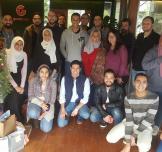







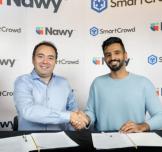









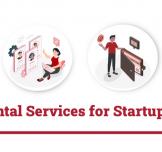
























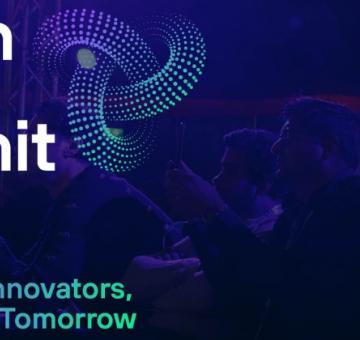













EgyptInnovate site is not responsible for the content of the comments